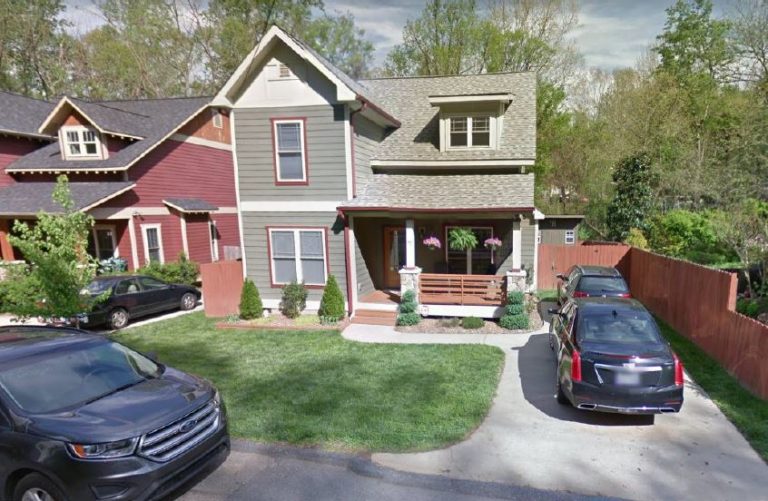Changes to Asheville’s zoning regulations
designed to encourage neighborhood-compatible,
small-scale residential infill housing, such as duplexes and triplexes,
will go before Asheville City Council during its Aug. 22 meeting.
The initiative to find the right balance for these changes began in early 2016, prompted by Council request.
The rule changes aim to help address the city’s housing supply gap and to provide more housing variety in a limited market that is primarily single-family residential. These proposals are supported by earlier studies, including the 2015 Housing Needs Assessment, the 2011 Location Efficient Affordable Housing report, the City’s Comprehensive Plan and the most recent City Council Vision.
The City’s Department of Planning & Urban Design held community-wide and neighborhood meetings and published an online survey, asking for resident input in 2016. Various iterations of the proposed rule changes have gone before City committees for review, most recently to the Aug. 2 meeting of the Planning and Zoning Commission. P&Z made a unanimous recommendation in support of changes, which will now go before City Council on Aug. 22.
What will it mean if Council adopts the proposed changes?
There are a few components to the recommendations. The new zoning rules would reduce minimum lot width standards for residential. The following chart shows the proposed changes by zoning district.
This means that the minimum lot width for a parcel in an RS8 district, for example, would be reduced from 50 feet to 40 feet. The change would not affect most properties but would unlock subdivision potential for larger lots. Minimum lot area requirements would not be affected. By reducing the minimum lot width, the changes will make properties easier to access so that larger lots may be subdivided, if minimum area requirements and other standards are met.
In addition to the changes to minimum lot width, new regulations incentivize duplexes and the creation of small-scale multifamily housing in multifamily zoning districts. Proposed zoning changes will also establish multifamily design standards to ensure those projects are compatible with residential neighborhoods. Other changes include revisions to driveway standards to provide more flexibility so that driveways can be narrower and to avoid wide driveways that conflict with pedestrian safety.
There is much precedent for varied housing types of buildings in Asheville’s older neighborhoods, where duplexes, and triplexes and small apartment buildings were seamlessly mixed into neighborhoods in the beginning of the 20th century.
With the rise of the automobile, however, City zoning rules turned away from permitting multifamily housing in all residential districts and thereby began policy that has eroded housing variability over time. Zoom forward 60 years and today there is a growing awareness that housing variety makes sense and can contribute to improved quality of life and more vibrant, walkable neighborhoods. In fact, nationwide there is a burgeoning movement called Missing Middle Housing that is bringing light to the myriad benefits of housing diversity (see more at missingmiddlehousing.com.)
In step with this movement, Asheville is taking appropriate action with these proposed changes to encourage more efficient land use patterns and more abundant housing choices. As an added benefit, since land costs are a significant portion (approximately 20 percent) of the cost of homeownership, by improving access to property this change to reduce minimum lot widths has the potential to reduce the overall cost of new housing.
City Planner and Interim Transportation Planning Manager Vaidila Satvika has led this City Council-initiated project. Along the way he has stressed the importance of balancing housing needs with neighborhood character.
“A Chinese proverb says, ‘The best time to plant a tree is 20 years ago; the next best time is today,’ ” said Satvika. “So it is with housing in Asheville. We dropped the ball 60 years ago, but these changes will now begin to add more housing variety to Asheville’s neighborhoods in a way that is compatible with historic development patterns. This is a good first step to bring housing back into balance.”
Although the zoning changes will allow owners of larger properties to subdivide property, it should be noted that the choice is completely voluntary. In other words, the regulations are providing more options that may or may not be exercised, depending on the owner of the property.
Asheville City Council will meet at 5 p.m. Aug. 22 in Council Chambers, second floor of City Hall.
For more information
- Visit the Small-Scale Residential Infill project page on the City of Asheville website.
- Or view this PowerPoint presentation to City Council: City Council Presentation on Small-Scale Infill.
